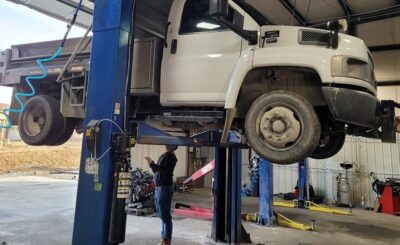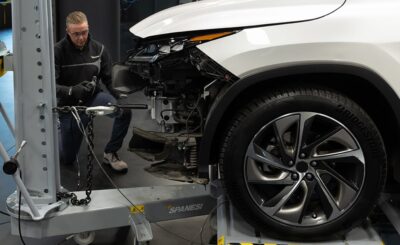When your power window refuses to cooperate, a trip to a reputable service center is often the best course of action. The initial phase involves a thorough diagnosis of the problem. Technicians start by listening to your description of the issue and then visually inspecting the window. They’ll check for obvious signs of damage, like a misaligned window, broken glass, or loose trim. Next, they use specialized diagnostic tools to test the electrical components, including the window motor, regulator, switch, and wiring. This allows them to pinpoint the exact source of the malfunction, whether it’s a faulty switch, a worn-out motor, or a broken regulator mechanism.
Component Removal and Inspection
Once the diagnosis is complete, the technician will begin dismantling the door panel to access the internal components. This process usually involves removing screws, clips, and other fasteners to carefully detach the panel without damaging it. With the panel removed, the technician can gain a clear view of the window motor, regulator, and associated wiring. Each component is meticulously inspected for signs of damage, wear, or corrosion. The technician may also test the motor separately to confirm if it’s receiving power and functioning correctly. This step is essential for determining whether a component needs to be repaired or replaced entirely. Going for the Auto Repair in Lynden, WA based service is essential here.
Repair or Replacement of Faulty Parts
Based on the inspection, the technician will decide whether to repair or replace the faulty parts. If the problem is a simple issue, such as a loose wire or a corroded connection, a repair might be sufficient. However, more complex problems, like a damaged regulator or a burned-out motor, usually require replacement. The service center will use high-quality, OEM (Original Equipment Manufacturer) or equivalent aftermarket parts to ensure compatibility and reliability. The technician will carefully install the new or repaired components, ensuring everything is properly aligned and secured.
Testing and Calibration
After the new parts are installed, the technician will thoroughly test the power window to verify that it’s functioning correctly. This involves repeatedly raising and lowering the window to ensure smooth and consistent operation. They’ll also check the window’s alignment to prevent any leaks or excessive wind noise. If necessary, the technician will calibrate the window’s motor and regulator to ensure proper speed and stopping points. This step is crucial for preventing future problems and ensuring a safe and reliable window operation.
Reassembly and Quality Assurance
The final step involves reassembling the door panel and conducting a final quality assurance check. The technician will carefully reattach the door panel, ensuring all screws and clips are securely fastened. They’ll then inspect the entire door assembly to ensure everything is properly aligned and functioning smoothly. This includes checking the door locks, handles, and any other features that were affected by the repair. Before returning the vehicle to the customer, the service center will perform a final inspection to ensure complete customer satisfaction. This attention to detail ensures that the power window repair is performed correctly and that the customer can drive away with confidence.








